Sensory Discrimination Tests and Measurements —— Sensometrics in Sensory Evaluation
Sensory testing and measurement are the main functions of sensory analysis. In recent years, the sensory and consumer field has evolved to include both difference testing and similarity testing, and new sensory discrimination methods such as the tetrads have received more attention in the literature. This second edition of Sensory Discrimination Tests and Measurements is updated throughout and responds to these changes and includes: A wide range of sensory measurements: Measurements of sensory effect (d', R-index and Gini-index); Measurements of performance of trained sensory panel (Intraclass correlation coefficients and Cronbach's coefficient alpha); Measurements of relative importance of correlated sensory and consumer attributes (drivers of consumer liking or purchase intent); Measurements of consumer emotions and psychographics; Measurements of time-intensity; Measurements of sensory thresholds; Measurements of sensory risk with negative sensory effects (Benchmark Dose, BMD, methodology) Measurements of sensory shelf life (SSL). A balanced introduction of sensory discrimination tests including difference tests and similarity tests. Bayesian approach to sensory discrimination tests. Modified and multiple-sample discrimination tests. Replicated discrimination tests using the beta-binomial (BB), corrected beta-binomial (CBB), and Dirichlet-multinomial (DM) models. Sensory discrimination methods including the tetrads and the 'M+N'. R and S-Plus codes for all the measurements and tests introduced in the book. Mainly intended for researchers and practitioners in the sensory and consumer field, the book is a useful reference for modern sensory analysis and consumer research, especially for sensometrics.
{{comment.content}}
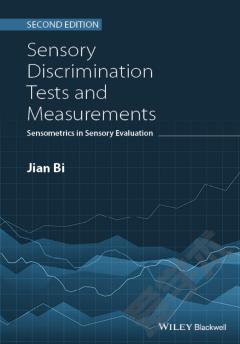
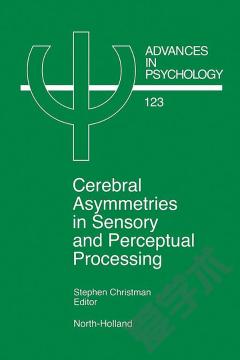

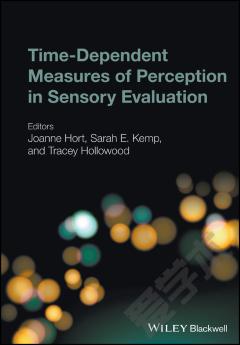
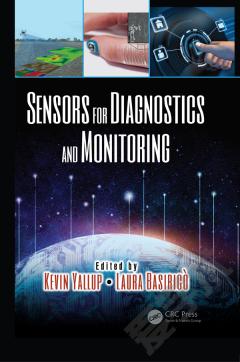
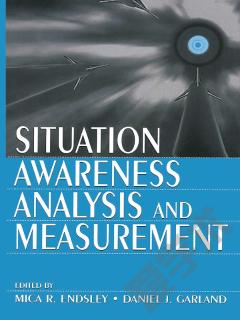
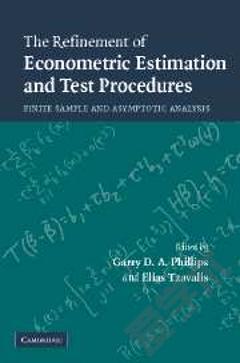

 京公网安备 11010802027623号
京公网安备 11010802027623号